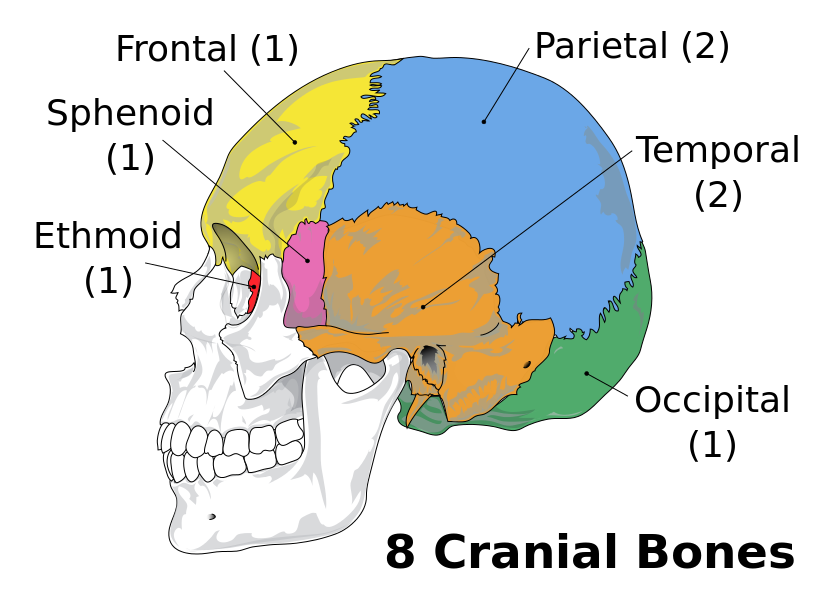

Eventually, the two halves of the cartilaginous sternum fuse together along the midline and then ossify into bone. The cartilage models of the ribs become attached to the lateral sides of the developing sternum. The sternum initially forms as paired hyaline cartilage models on either side of the anterior midline, beginning during the fifth week of development. The cartilage model of the rib then ossifies, except for the anterior portion, which remains as the costal cartilage. The ribs initially develop as part of the cartilage model for each vertebra, but in the thorax region, the rib portion separates from the vertebra by the eighth week. The ribs and sternum also develop from mesenchyme. However, small areas of notochord tissue persist between the adjacent vertebrae and this contributes to the formation of each intervertebral disc. As the developing vertebrae grow, the notochord largely disappears. These cells differentiate into a hyaline cartilage model for each vertebra, which then grow and eventually ossify into bone through the process of endochondral ossification. (Image credit: "New Born Skull" by OpenStax is licensed under CC BY 3.0)ĭevelopment of the Vertebral Column and Thoracic Cageĭevelopment of the vertebrae begins with the accumulation of mesenchyme cells from each sclerotome around the notochord. At the time of birth, the facial bones are small and underdeveloped, and the mastoid process has not yet formed.

The fontanelles allow for continued growth of the skull after birth. The bones of the newborn skull are not fully ossified and are separated by large areas called fontanelles, which are filled with fibrous connective tissue.


 0 kommentar(er)
0 kommentar(er)
